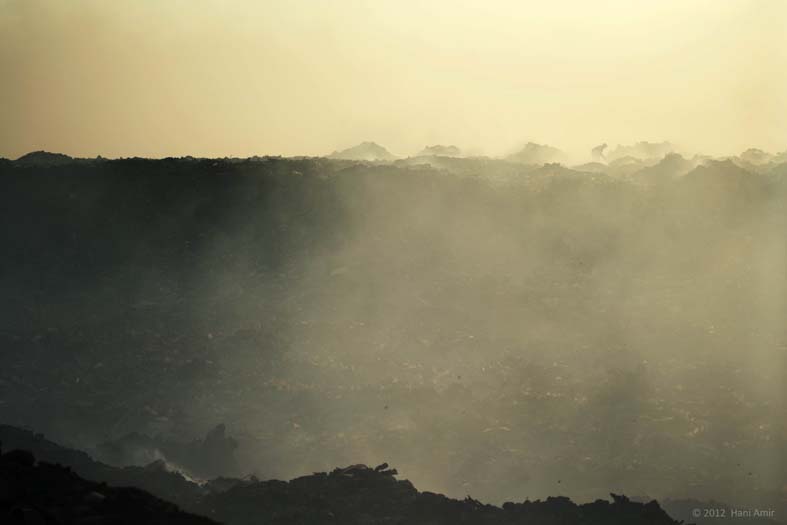The latest release of Phast, DNV GL’s software for process hazard analysis, brings in a new dispersion model that increases accuracy in predicting the movement of certain types of toxic clouds
Companies using the software will benefit from decisions that are based on more realistic models, thereby increasing efficiency and safety in the design and operation of assets where accidents could cause hazardous releases.
The new model significantly improves predictions of releases with short durations, a particular challenge for the modelling of hazardous dispersions.
“This is yet another advancement that positions Phast as a technology pioneer. Better simulations driven by advances in research improve the decision-making process. The results are greater efficiency and improved risk and safety management for our customers,” said Are Føllesdal Tjønn, CEO Software, DNV GL.
Previous models have assumed the duration of a release is long enough for it to reach a steady state, which may not be the case. The dispersions of short-duration clouds are affected differently by surrounding winds. A groundbreaking modelling method is now available without the prior limitations. The new method, pioneered by DNV GL in partnership with BP and other key customers in the oil and gas industry, is called the along wind diffusion (AWD) method.
The method is easier for non-technical employees to understand, giving upper level managers a robust model on which to base their decisions.
Additional new features in Phast 8 include support for modelling releases from buried pipelines and more realistic modelling of the true nature of fireballs. It also improves the accuracy and speed of risk calculations. Getting results quicker means there is more time to assess the results, which improves decision-making and risk management, said the company.






